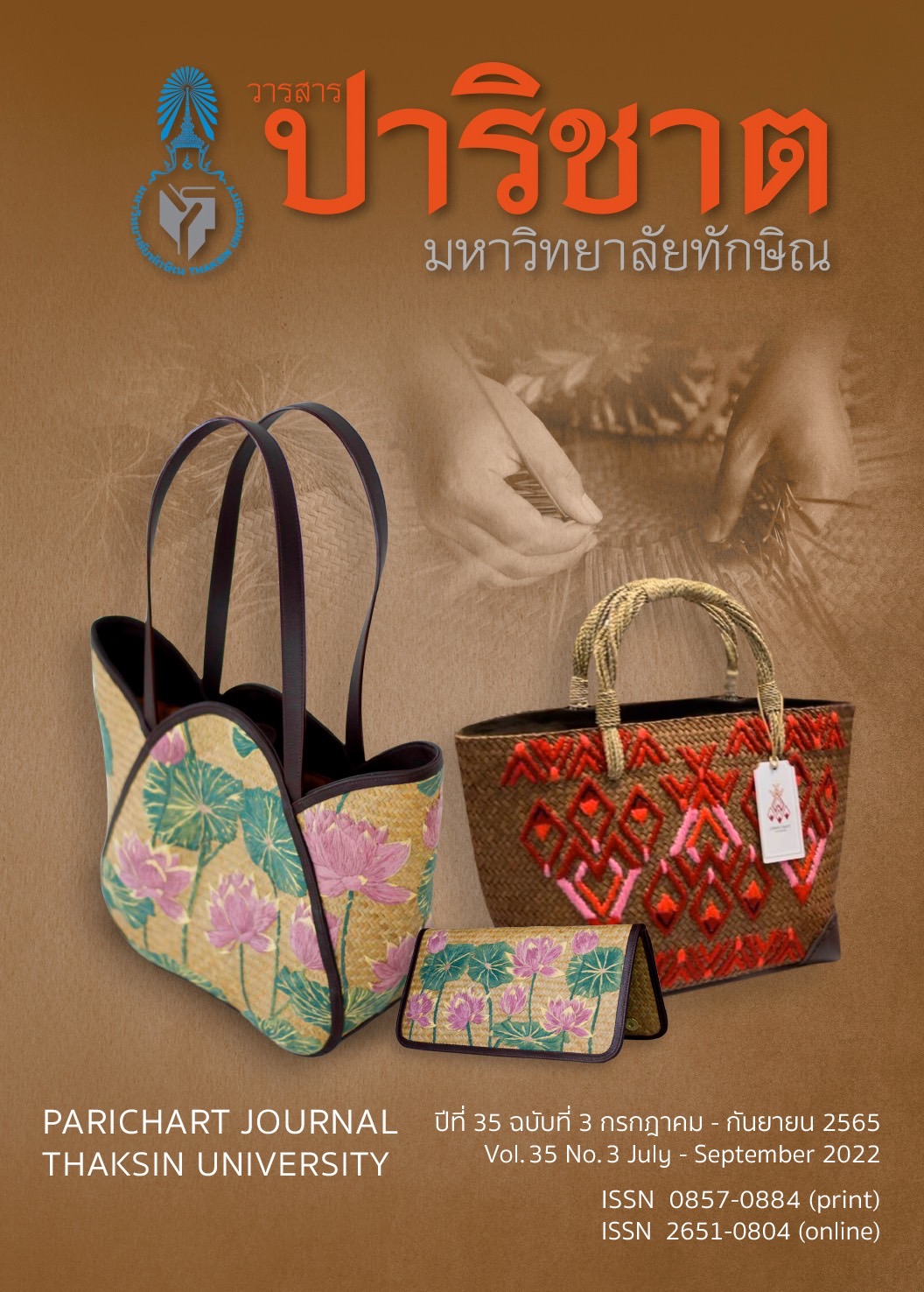The Survey of Human Resource Management Knowledge in Business Startup Case
Main Article Content
Abstract
The objectives of this article were to explore the knowledge of human resource management and to analyze the phenomenon of human resource management, especially the organizational core team building from the startup phase until the growth phase. In this article, three areas are focused on as follows: The first area is that recruiting new employees in the core team of the organization must be fit in accordance with the contingency approach. The interconnected interactions of different factors visualize the realities of the organization and also involve the Person-Environment (P-E) Fit. The second area is that the organization's composition and core team formation is based on the Upper Echelons (UE) theory that describes the characteristics that make a Top Management Team (TMT) have the ability to perform tasks, which will have a significant influence on the strategic and financial outcomes of an organization in the context of a small or startup organization. The last one is the change and stability of the employment model. The startup organization model is analyzed in view of the presence of inertial and adaptive forces associated with the evolution of the employment model. The employment model is the basis for the exchange between the members of the organization and the organization itself.
Article Details

This work is licensed under a Creative Commons Attribution-NonCommercial-NoDerivatives 4.0 International License.
References
Baker, T., & Aldrich, H. E. (2000). The boundaries and limitations of agency theory and stewardship theory in the venture capitalist/entrepreneur relationship.” ETandP, Winter, 2003(1), 145-162.
Markman, G. D., & Baron, R. A. (2002). Individual differences and the pursuit of new ventures: A model of person-entrepreneurship fit. In Katz, J. A. and Welbourne, T. M. (Eds), Advances in entrepreneurship, firm emergence and growth, Vol 5: Managing People in Entrepreneurial Organizations: 23-54. Greenwich, Conn.: JAI Press Inc.
Foo, M. D., Wong, P. K., & Ong, A. (2005). Do others think you have a viable business idea? Team diversity and judges’ evaluation of ideas in a business plan competition, Journal of Business Venturing, 20(2), 385–402.
Pelled, L. H., Eisenhardt, K. M., & Xin, K. R. (1999). Exploring the black box: An analysis of work group diversity conflict, and performance. Administrative Science Quarterly, 44(1), 1-28.
Schneider, B. (2001). Fit about fit. Applied Psychology: An International Review, 50(1), 141-152.
Barney, J., & Wreight, P. M. (1998). On becoming a strategic partner: The role of human resources in gaining competitive advantage. Human Resource Management, 37(3), 31-46.
Wright P. M., & McMahan, G. C. (1992). Theoretical perspectives for strategic human re- source management. Journal of Management, 18(2), 295-320
Wright, P. M., Dunford, B. B., & Snell, S. A. (2001). Human resources and the resource based view of the firm. Journal of Management, 27(1), 701-721.
Schneider, B., Kristof-Brown, A., Goldstein, H. W., & Smith, D. B. (1997). What is this thing called fit? International Handbook of Selection and Assessment, N. Aderson and P. Herriot, (Eds), 393-412.
Chandler, G. N., & Hanks, S. H. (1998). An investigation of new venture teams in emerging business. In P. Reynolds et. al.. (Eds)., Frontiers of Entrepreneurship Research. Babson Park, MA: Babson Colleage.
Boeker, W., & Wiltbank, R. (2005). New venture evolution and managerial capabilities. Organization Science, 16(2), 123-133.
Eisenhardt, K. M., & Schoonhoven, Bird C.. (1990). Organizational growth: Linking founding team, strategy, environment and growth among U.S. semiconductor venture, 1978-1988. Administrative Science Quarterly, 35(1), 504-529.
Ensley, M. D., & Pearce, C. L. (2001). Shared cognition in top management teams: implications for new venture performance. Journal of Organizational Behavior, 22(2), 145-160.


